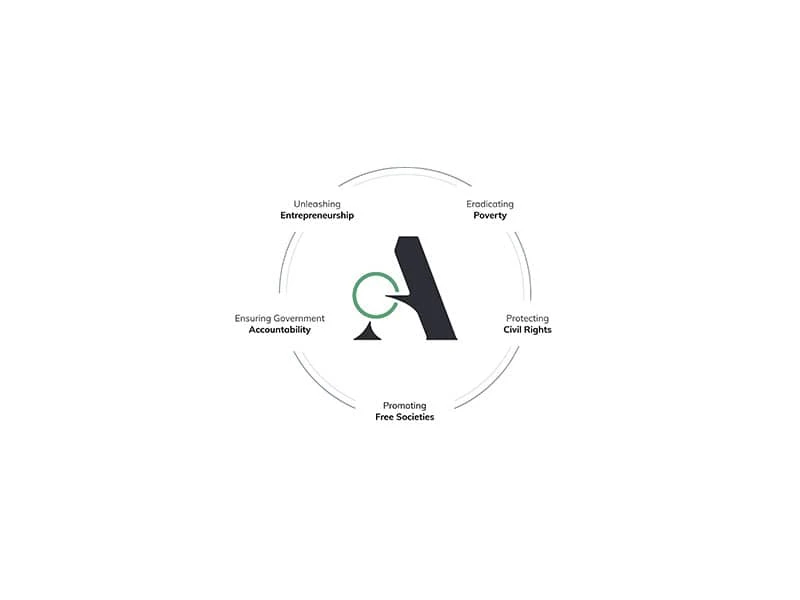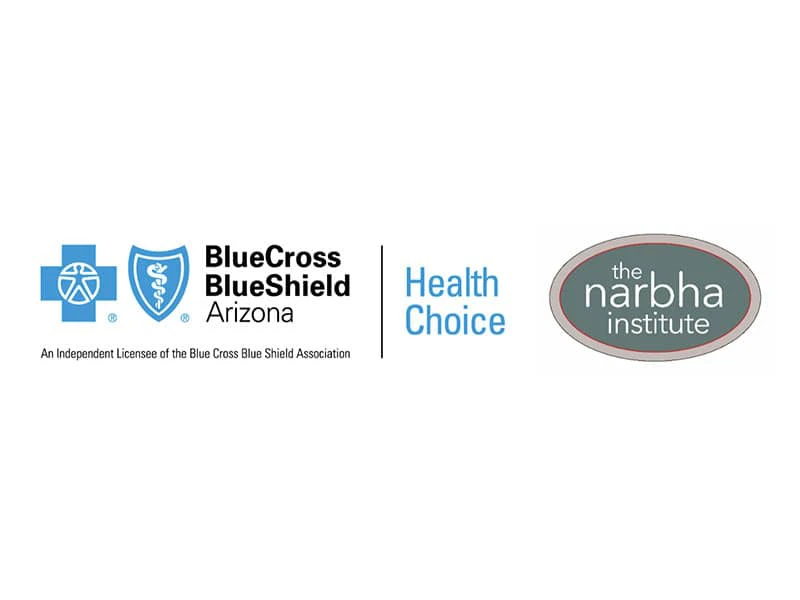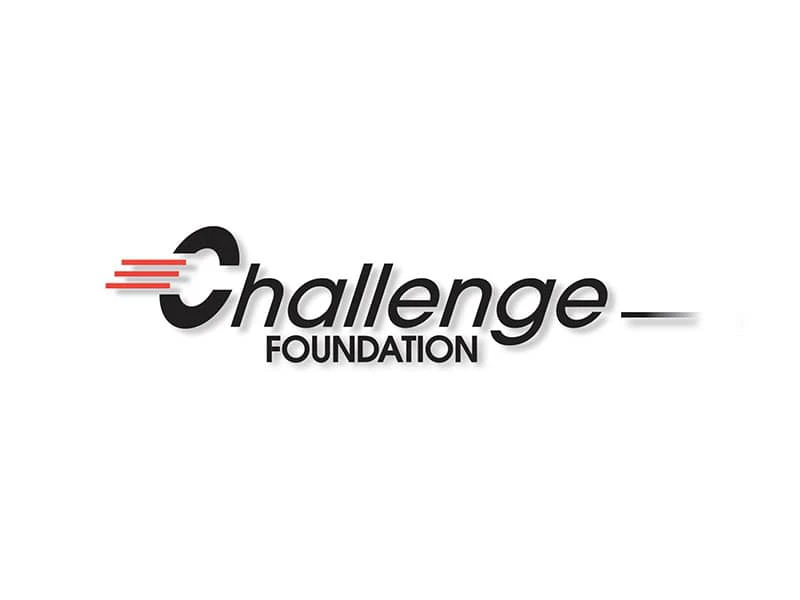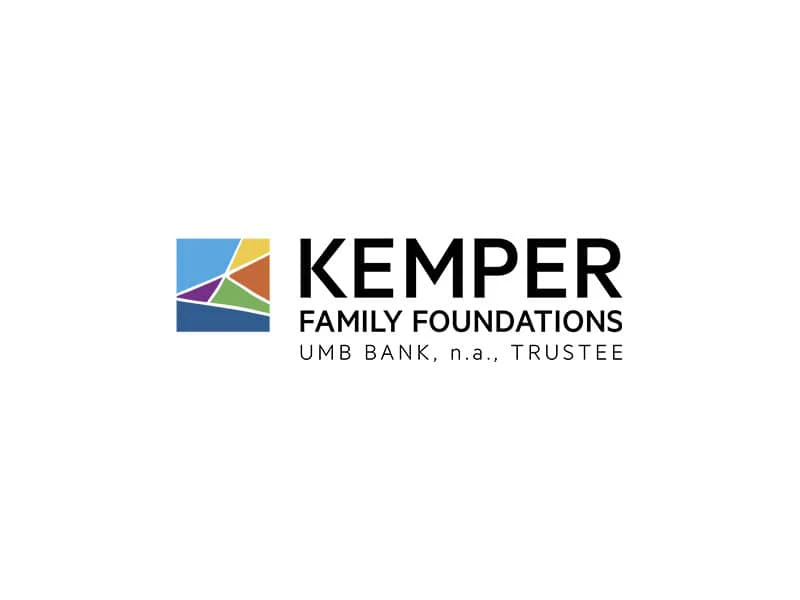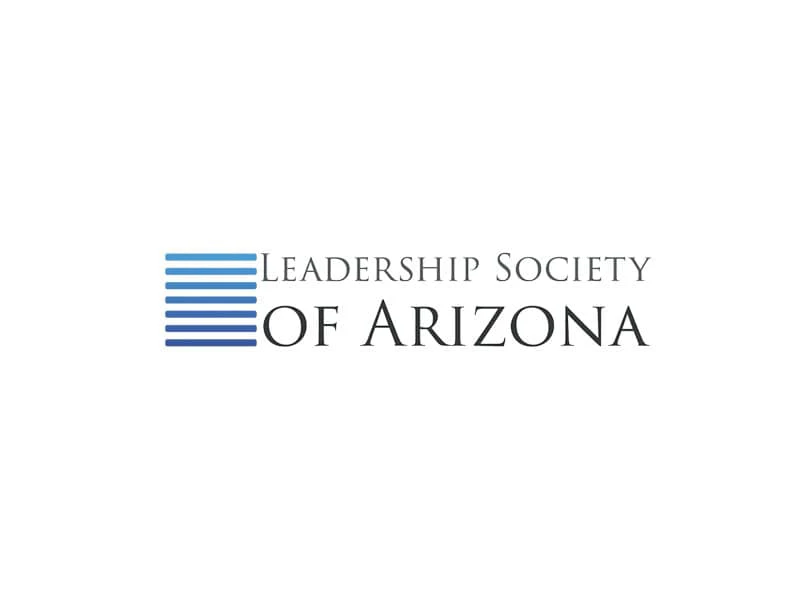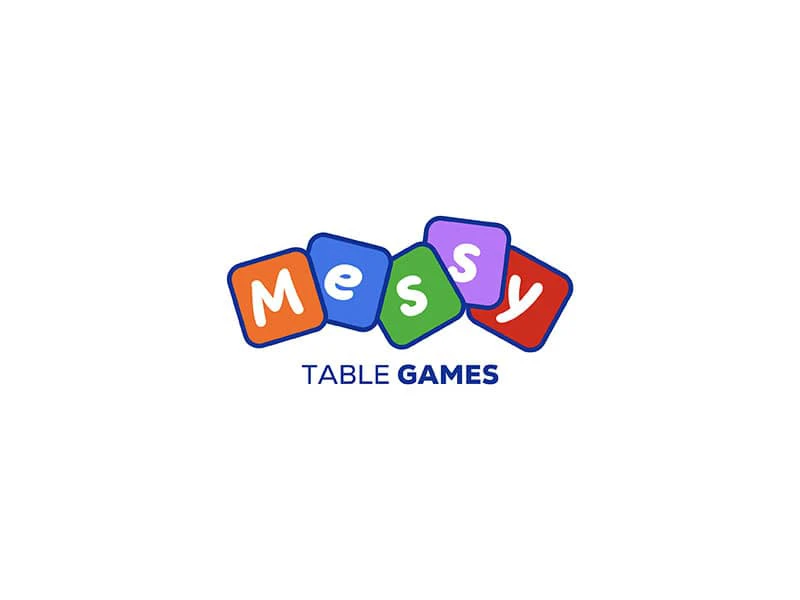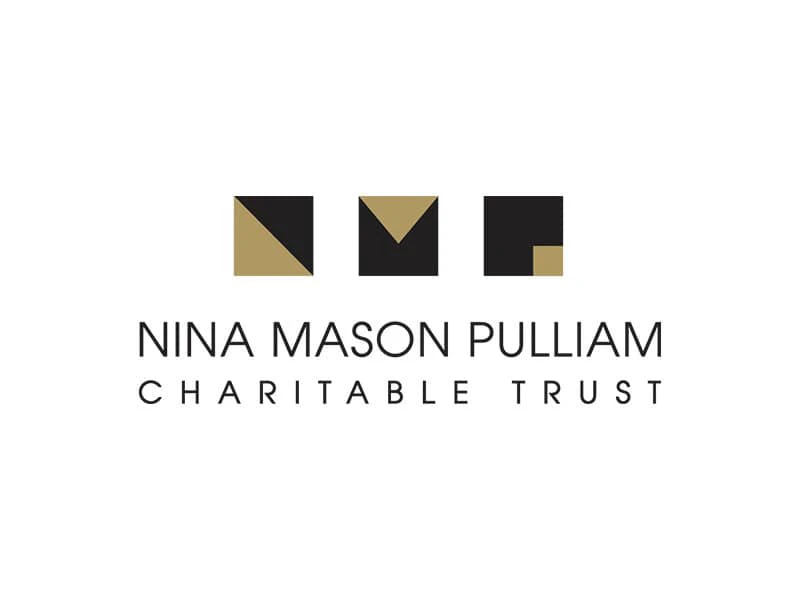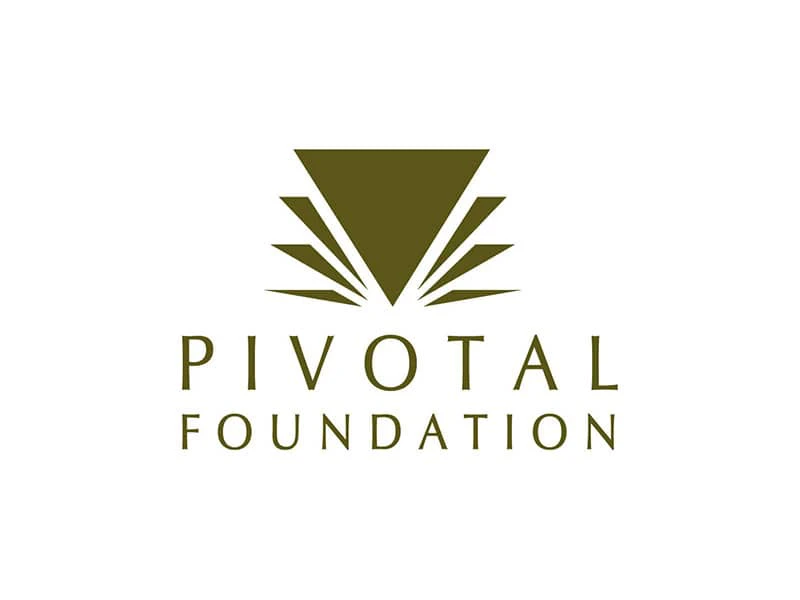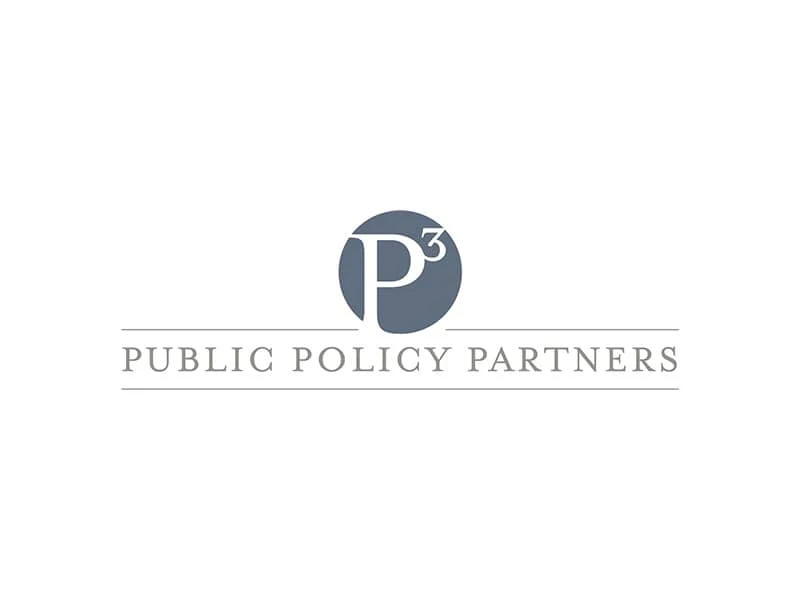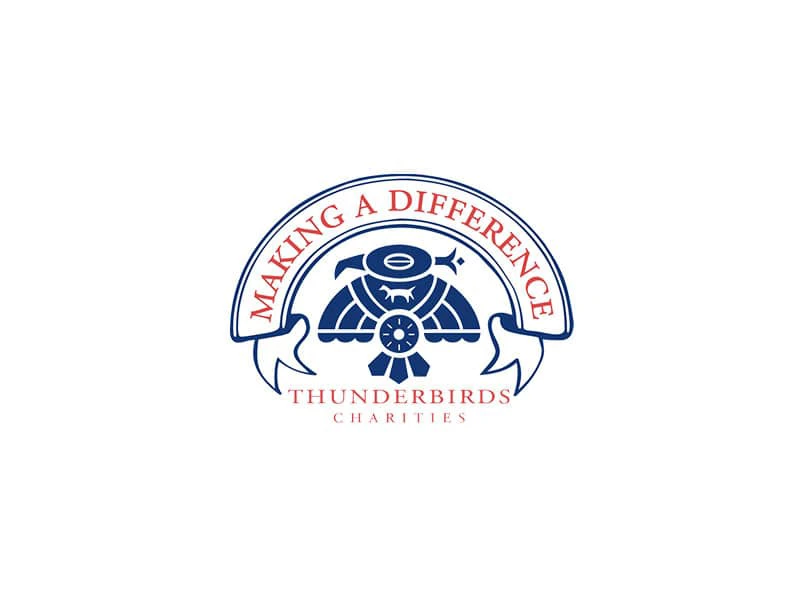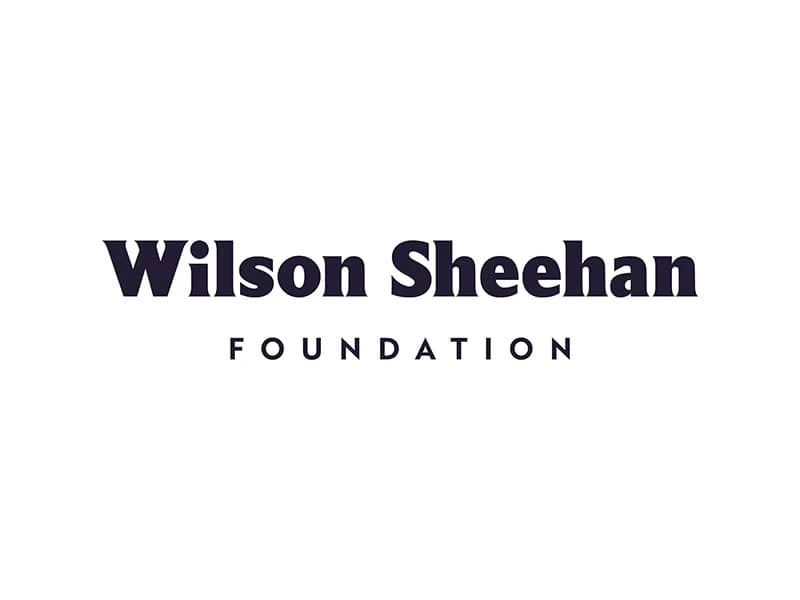Frequently Asked Questions
What initiatives support abused childrens protection?
Initiatives that support the protection of abused children include advocacy programs, legal reforms, community awareness campaigns, and partnerships with law enforcement and social services to ensure safety and provide necessary resources for healing and recovery.
How can communities aid abused children?
Communities can aid abused children by fostering safe environments, providing access to resources, and supporting local advocacy efforts. Engaging in awareness programs and collaborating with organizations can significantly enhance the protection and well-being of these vulnerable children.
What resources are available for child protection?
Resources available for child protection include national and local hotlines, legal aid services, educational materials, support groups, and advocacy organizations dedicated to safeguarding children's rights and well-being.
How to report child abuse effectively?
Reporting child abuse effectively involves contacting local child protective services or law enforcement immediately. Provide detailed information about the situation, including the child's identity and any evidence of abuse, to ensure prompt action and support for the child.
How can we raise awareness about child abuse?
Raising awareness about child abuse involves educating communities through workshops, social media campaigns, and collaboration with local organizations. Sharing survivor stories and resources can also foster understanding and encourage proactive measures to protect children.
What legal measures protect abused children?
Legal measures that protect abused children include mandatory reporting laws, child protective services interventions, restraining orders, and criminal prosecution of abusers. These laws aim to ensure the safety and well-being of children in vulnerable situations.
How can families support abused children?
Families can support abused children by creating a safe and nurturing environment, advocating for their needs, and connecting them with professional resources and support networks. Open communication and emotional support are essential for their healing process.
What training is available for child advocates?
Training available for child advocates includes workshops, online courses, and certification programs focused on child protection laws, trauma-informed care, and effective advocacy strategies to ensure the safety and rights of abused children.
How do philanthropic partnerships enhance child safety?
Philanthropic partnerships enhance child safety by providing vital resources, funding, and advocacy efforts that strengthen protective measures and support services for abused children, ultimately fostering a safer environment for their well-being and recovery.
What are the signs of child abuse?
The signs of child abuse include unexplained injuries, changes in behavior, fear of certain adults, withdrawal from social interactions, and sudden changes in academic performance. Recognizing these signs is crucial for ensuring the safety and well-being of children.
How can we improve child welfare policies?
Improving child welfare policies involves advocating for stronger legislative measures, increasing funding for child protection services, and fostering community partnerships to ensure comprehensive support for at-risk children and their families.
What organizations focus on child protection?
Organizations that focus on child protection include national and local entities such as the Center for the Rights of Abused Children, Child Protective Services, the National Children's Alliance, and various advocacy groups dedicated to ensuring children's safety and well-being.
How can volunteers assist abused children?
Volunteers can assist abused children by providing emotional support, mentoring, and advocacy, helping to create a safe environment and empowering them to heal and thrive. Their involvement can make a significant difference in the lives of these vulnerable children.
What impact do donations have on child safety?
Donations significantly enhance child safety by funding vital programs that provide protection, advocacy, and support for abused children. Your contributions help create safer environments and ensure access to essential resources for those in need.
How can technology help protect children?
Technology can help protect children by providing tools that enhance safety, such as monitoring software, online reporting systems, and communication platforms that facilitate quick responses to abuse. These innovations empower caregivers and advocates to safeguard children's well-being effectively.
What strategies prevent child abuse in communities?
Effective strategies to prevent child abuse in communities include fostering awareness through education, promoting strong family support systems, encouraging community engagement, and implementing accessible resources for at-risk families. These approaches collectively enhance child safety and well-being.






